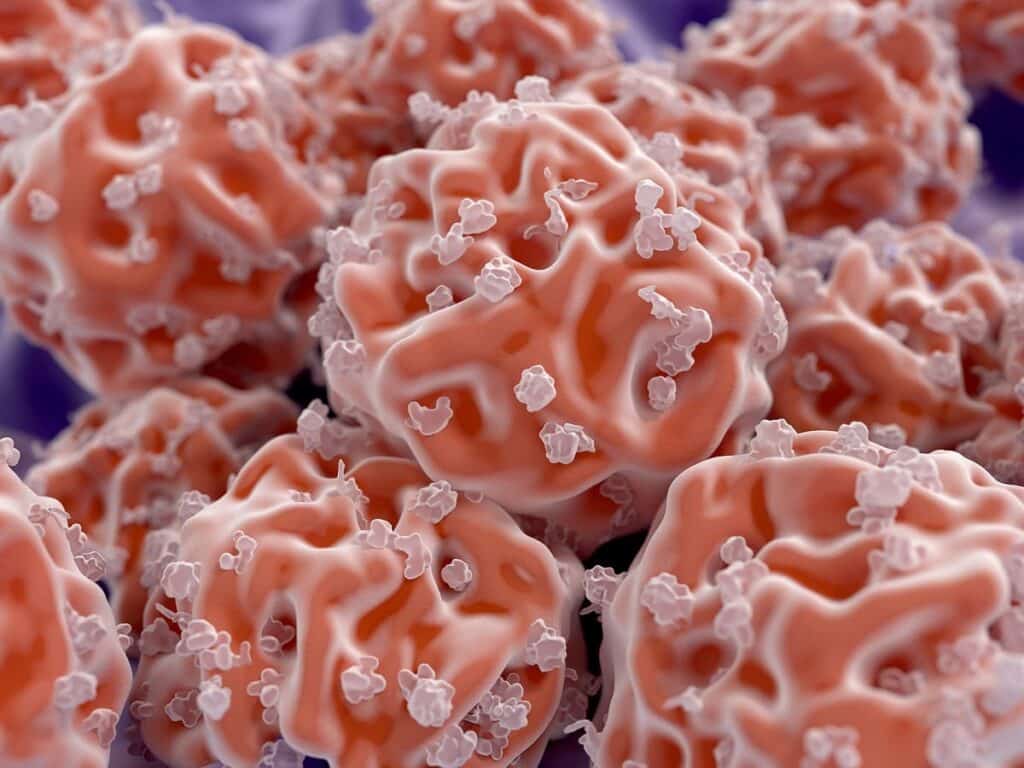Investing in Stem Cells with Cellular Dynamics
Table of contents

In recent articles we discussed the planned IPOs of Foundation Medicine and Bind Therapeutics as well as the less than spectacular IPO debut of Nanostring . Another company which is up over 40% since their IPO just over a month ago is Cellular Dynamics, a player in the disruptive area of stem cells.
About Cellular Dynamics
Wisconsin based Cellular Dynamics (NASDAQ:ICEL) was co-founded in 2004 by James Thomson who was credited with the creation of the first embryonic human stem cells in 1988. A majority of the 96 million in funding for the company came from an entity called Tactics 2 Stem Cell Partners whose team members are all members of senior management at Cellular Dynamics. The company has 115 employees and a current market cap of 209 million. Their technology is protected by a patent portfolio of over 700 patents and patent applications worldwide.
Technology and Products
The company’s current business model is simple; they sell fully functioning human cells in bulk quantities. To create these human cells, the company uses “induced pluripotent stem cells” or iPCSs which are stem cells that can replicate indefinetly and can be transformed into any cell in the human body. iPCSs are unique in that they can be obtained from blood or skin samples as opposed to the controversial use of human embryos to create human embryonic stem cells (hESCs). The company currently sells six products:
| Products | Product description |
| iCell Cardiomyocytes | Human heart cells |
| iCell Neurons | Human neurons |
| iCell Endothelial Cells | Human blood vessel cells |
| iCell Hepatocytes | Human liver cells |
| MyCell | Human iPSCs reprogrammed from customer-sourced samples |
| Human iCell products derived from MyCell iPSCs | |
| Media and reprogramming kit | Three reagents used for reprogramming tissue into iPSCs |
Sales of heart cells and neurons made up 50% and 43% of 2012 yearly revenues respectively. An article published by MIT Technology Review in August 2011 titled “Growing Heart Cells Just for You” tells of the remarkable potential applications of this technology. In the article the author watches his own created heart cells beat in a petri dish while Cellular Dynamics’ scientists subjected the heart cells to drugs that made them beat faster or slower, drugs with toxic side effects, and several cancer drugs to observe the heart’s reaction.
In addition to the products listed above, the company is currently developing 7 additional products to include dopamine neurons, pain receptor neurons, astrocytes, cardiac progenitors, blood progenitors, and skeletal muscle cells.
Customers
At the end of 2012 the company had 128 customers including 18 of the top 20 biopharmaceutical companies who use human cells for testing drug compounds against. The company’s top two customers accounted for 32% of the company’s revenues in Q1 2013 (Astrazeneca and Lilly).
Financials
The S-1 provides quarterly revenues for the past 9 quarters broken down by revenue type:
The company incurred net losses of $21.3 million and $22.3 million during 2011 and 2012, respectively. As of March 2013, the accumulated deficit was 87.7 million. The company’s proforma estimate of cash on hand assuming a $13 per share IPO price was 84 million which the company anticipated would last 24 months.
Corporate Competition
Cellular Dynamics states in their S-1 that other companies including Axiogenesis AG, Cellectis, General Electric, Life Technologies, Lonza Group and Sigma-Aldrich have either announced an interest in or begun to market products based on pluripotent stem cell technology. Cellular claims however that these companies have either used human embryonic stem cell technologies or do not have a comparable quantity, quality or purity as they have.
Stembancc
One possible competitor not mentioned in Cellular Dynamic’s S-1 is Stembancc, a 74 million dollar European stem cell bank project initiated by Roche and majority funded by the European Union and the EFPIA. This 5-year collaboration which began in 2012 involves 23 universities and 10 drug makers including Pfizer, Abbott Laboratories, Eli Lilly, Johnson & Johnson, Merck, and Novo Nordisk. The goal of the project is to generate 1,500 iPCS lines from 500 people which are characterized according to their genetic, protein, and metabolic profiles. This stem cell library will then be used by participant researchers to study diseases, develop new treatments, and test the safety of new drugs.
Conclusion
Given the current competitive arena, Cellular Dynamics believes that their patent portfolio will provide “significant competitive advantage for future business operations”. Revenue growth is key going forward to demonstrate the product indeed has such a competitive advantage. In future articles we will look at more publicly traded and privately held companies that may provide investor’s exposure to the various disruptive applications of stem cells.
Sign up to our newsletter to get more of our great research delivered straight to your inbox!
Nanalyze Weekly includes useful insights written by our team of underpaid MBAs, research on new disruptive technology stocks flying under the radar, and summaries of our recent research. Always 100% free.
















